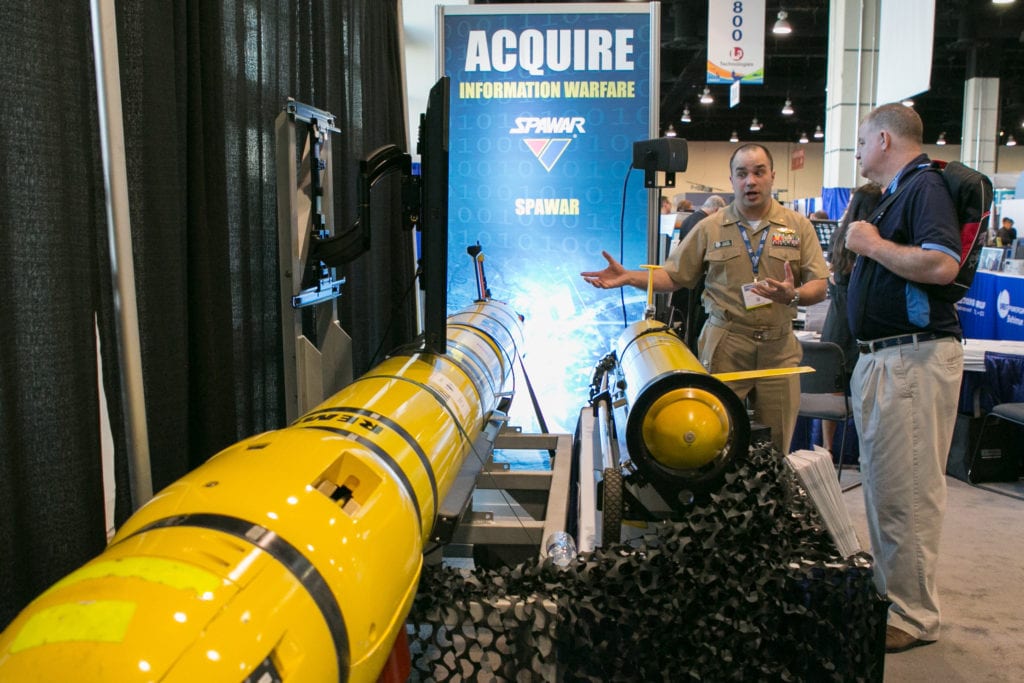
THOUSAND OAKS, Calif. — Teledyne Technologies Inc.’s subsidiary, Teledyne Brown Engineering Inc., has been awarded an indefinite-quantity/indefinite-delivery contract with a maximum base value of $27.4 million from the U.S. Navy for the Littoral Battlespace Sensing-Glider (LBS-G) program, the company said in a July 19 release.
The contract, awarded under full and open competition, includes a single five-year ordering period and five one-year option periods. The option periods, if exercised, have a ceiling value of $39.2 million.
Teledyne Slocum gliders are long-endurance, buoyancy-driven autonomous underwater vehicles (AUVs) that provide a highly persistent means to sample and characterize the ocean water column properties. They can do this at spatial and temporal resolutions not possible using other vessels or tactical units alone. The AUVs host a range of oceanographic sensors to support antisubmarine warfare, mine countermeasures and Naval Special Warfare mission areas.
Teledyne Brown Engineering and sister company, Teledyne Webb Research, will perform the design, development, fabrication, production, test, and support of the LBS-G systems. Under a previous contract awarded in 2009, Teledyne delivered 203 gliders to the U.S. Navy.
“We are pleased to announce the continuation of Teledyne’s successful partnership with the Naval Information Warfare Systems Command to deliver this capability,” stated Jan Hess, president of Teledyne’s Engineered System Segment and Teledyne Brown Engineering. “We look forward to supporting the Navy and assisting with its awareness and understanding of the ocean’s conditions.”
Teledyne Slocum gliders provide the U.S. Navy the capability to conduct persistent sampling of large ocean areas for long periods of time. They also allow focused sampling to obtain extremely high-resolution data within a smaller, tactically significant operating area. The LBS-G System, part of the LBS Unmanned Undersea Vehicles program, is part of a solution to close critical capability gaps allowing the U.S. Navy to characterize adequately and persistently the physical ocean environment on tactical and strategic scales in a battlespace.
- VMUT-2 begins assembly of the first 2nd MAW MQ-9A Reaper - April 18, 2024
- CORAS Rolls Out Early Release of Driver Trees Tool - April 18, 2024
- VMM-268 Marines Prepare for Marine Rotational Force Darwin - April 18, 2024






